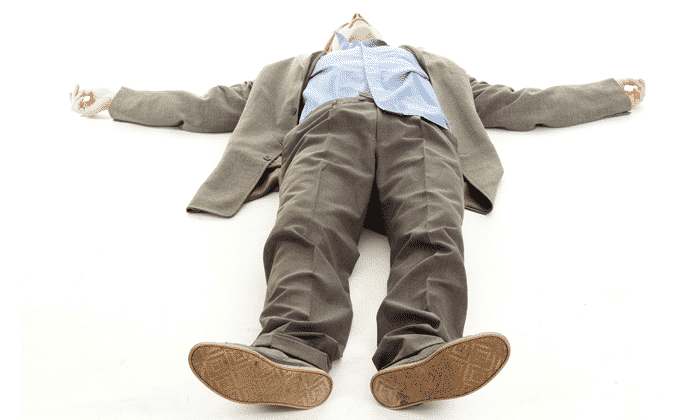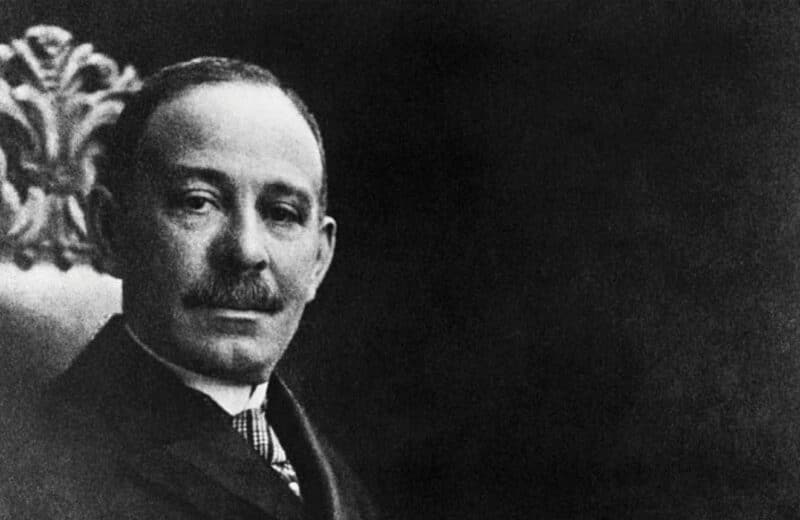While concussions are prevalent in contact sports, millions of nonathletes incur dangerous concussions, too
By Eve Becker
The images are jarring: A football player thrown to the ground and lying motionless; an ice-hockey player slammed into a wall; two youth soccer players colliding midfield. While previously dismissed, now athletes and coaches realize that these blows to the head can cause dangerous concussions and traumatic brain injury.
While there has been an increase in awareness of sports-related concussions, the most common causes for brain injuries are not athletic activities but rather everyday falls and motor-vehicle accidents.
An estimated 1.7 million Americans sustain a mild traumatic brain injury (TBI) each year, and most of those (75 percent) are concussions, according to the Centers for Disease Control, and Prevention. Falling (35.2 percent) is the leading cause of emergency-department visits related to TBI, largely among children aged 0 to 4 and adults 75 and older. Motor-vehicle crashes (17.3 percent) are the second leading cause, especially for young adults aged 20 to 24. Assaults are another cause, as are blasts affecting military personnel in war zones.
A concussion is caused by a bump, blow or jolt to the head or body that causes the brain to move rapidly inside and essentially slam against the skull. A person does not need to black out following a concussion, though there needs to be an alteration in the state of consciousness, such as feeling dazed, confused or having memory loss, even momentarily. Even mild knocks to the head can be serious, affecting memory, behavior, learning and emotions. Some symptoms resolve quickly, and some are long lasting. Families have a greater awareness of concussions now, says Rebecca Carl, MD, attending physician in pediatric sports medicine at the Ann & Robert H. Lurie Children’s Hospital of Chicago and assistant professor of pediatrics at Northwestern University Feinberg School of Medicine.
“We’ve really seen just about everything,” she says, ticking off examples of nonsports incidents such as kids tripping and hitting their heads on dressers, falling off bikes or bumping heads with each other on the playground.
“The definition of a concussion has changed. It used to be that loss of consciousness was part of the definition,” Carl says. “Because we’ve lowered the bar for diagnosing concussions, we’re seeing more of them.”
Children and teens are more likely to incur a concussion than are adults, plus they take longer to recover, with a two-week recovery for most kids, though 15 percent have symptoms lasting more than six weeks. Individuals who have had a concussion in the past are at higher risk of having another one and may find that it takes longer to recover from a repeat concussion.
“Certainly, in general, repeated concussions are much worse than single ones, but even a single one can be problematic,” says Michael Schrift, DO, MA, associate professor of clinical psychiatry, director of Neuropsychiatry/Behavioral Neurology and co-director of the behavioral neurology and neuropsychiatry fellowship-training program at the University of Illinois Hospital & Health Sciences System.
“There’s a layering effect with concussions,” says Carl. “The biggest risk of going back [to sports or activities] is getting another injury on top of the one you already have, ending up with a worse injury. We want to decrease that chance.”
In some ways, sports have gotten safer, Carl says. “We see kids having more exposure hours; they’re playing more, but there are more rules that favor safety.”
These rules include stopping spear tackles (A tackle most popular in rugby where a player lifts another player into the air and drops them so that they land on their back, neck or head.) and prohibiting contact to the helmet in youth football. Carl says that’s led to a decrease in catastrophic injuries.
However, helmets and mouth guards haven’t been shown to prevent concussions. “We don’t [really know whether] protective equipment helps, but certainly, if there’s a sport that has protective equipment, we want to make sure that it’s worn and [that] it’s worn properly,” Carl says.
For recovery from any concussion, doctors recommend physical rest (no activities that bring the heart rate up, including jogging or riding a stationary bike) and mental rest (no screen time, video games, computers, texting), until the symptoms resolve.
Julian Bailes, MD, co-director of the NorthShore University HealthSystem Neurological Institute, reaffirms the serious dangers of repeat concussions. The risks are severe cognitive impairment, problems with mood control and emotional instability, Alzheimer’s-like dementia, permanent brain damage, long-term disabilities and even death. These serious effects, such as dementia, are very unusual but may occur. This is especially true in those who have been exposed to years of multiple concussive and subconcussive impacts, such as former professional contact-sport athletes, or in some cases, military combat veterans.
“It’s not single concussions that worry me so much as the multiple ones; activities that place you in a position where you get hit on the head repeatedly,” Bailes says. “If someone is getting repeated blows to the head, that’s where the danger comes in. That’s where you can really make a difference—reducing the chance that it occurs over and over. [Those who have] had a concussion [need] to make sure they are healed before they get back in harm’s way.”
While contact sports have a high risk of repeat concussions, “anybody who falls can get a concussion, especially as we get into winter and things get icy and slippery,” Bailes says. “And especially for elderly people; either they or their family members have to look for loose rugs or carpets or anything outside that can make them predisposed to [falling].”
“I think the vast majority of [people] who have a concussion—probably even more than one concussion—end up being just fine,” Carl says. “Obviously, just like any other injury, we want to make the risk as low as we can.”
Published in Chicago Health Winter/Spring 2014













